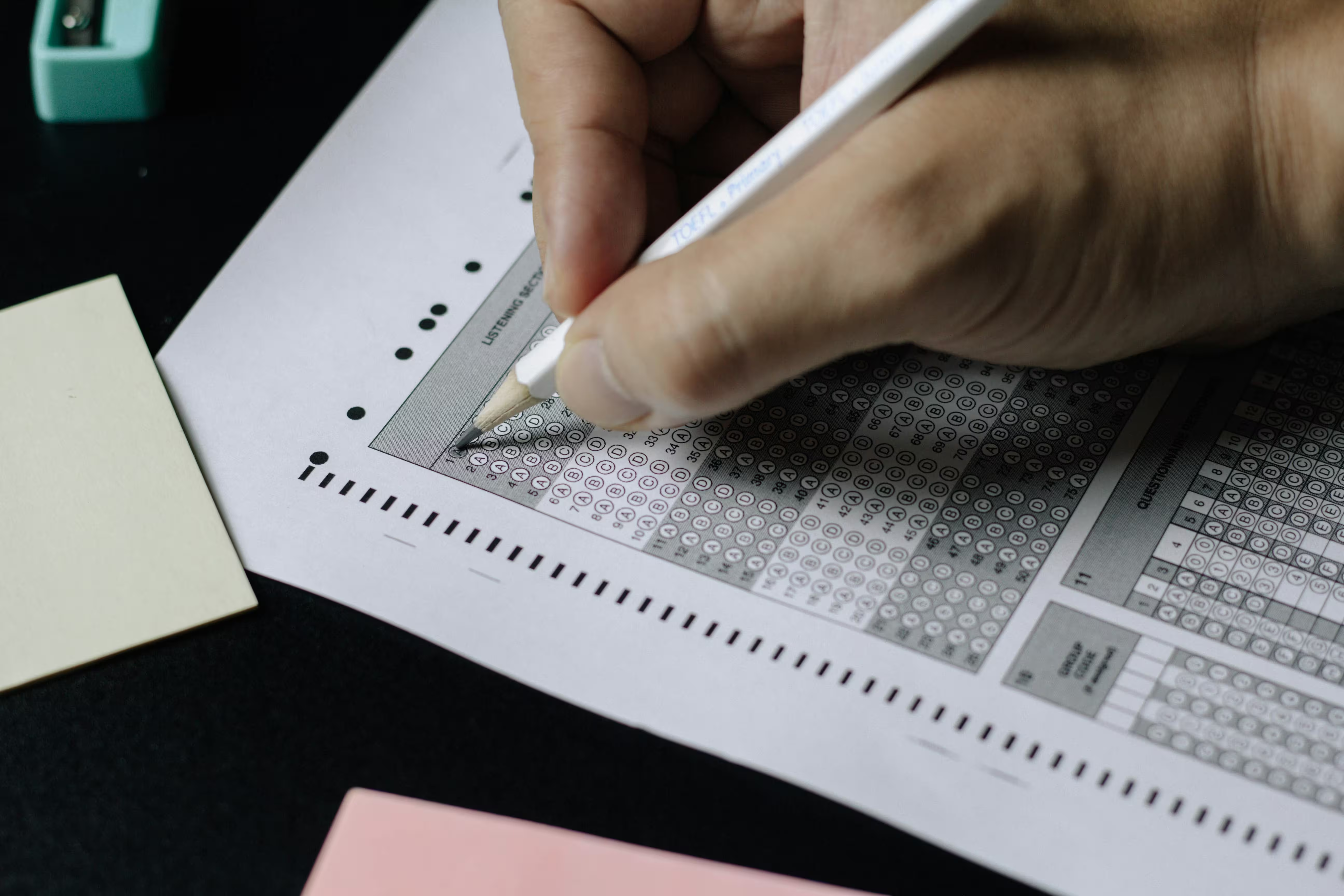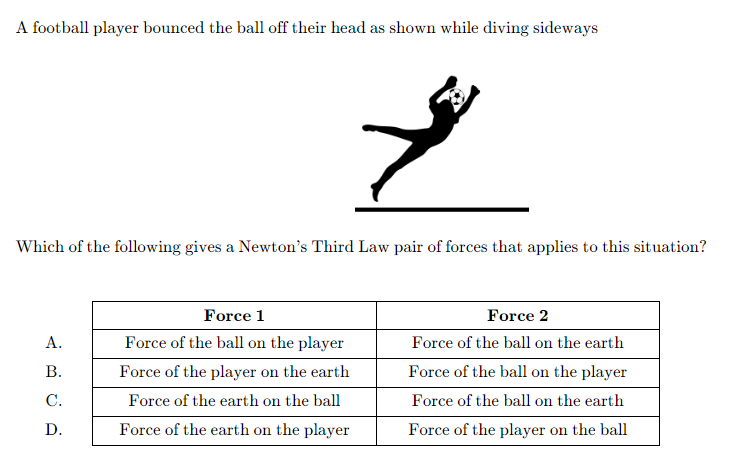
Multiple Choice Questions (MCQs) can be a daunting part of any examination. In the International Baccalaureate (IB) Diploma Programme, they form an integral part of the assessment, with an entire paper (Paper 1) dedicated to them. This paper accounts for 20% of your final grade, making it crucial to master MCQs to achieve your goal of a 7 or 6. This article will provide you with 5 valuable tips and tricks to maximize your scores in MCQs for Paper 1.
Understanding the Paper Pattern
Before we delve into the tips, let’s first understand the paper pattern:
- For Standard Level (SL), there are 30 questions to be answered in 45 minutes.
- For Higher Level (HL), there are 40 questions to be answered in 60 minutes.
The questions usually follow the order of topics in the course, starting with Unit 1 (Space, Time, and Motion) and gradually progressing towards Unit 5 (Nuclear & Quantum Physics). Typically, 50% of the questions require multiple steps to arrive at the final answer. Paper 1 is designed to be challenging, but remember, you’re not alone. The grade boundaries are quite low for Paper 1 due to its difficulty.
Tips for Physics MCQs
Tip #1: Prioritize Topics Based on Paper Weightage
The IBDP does not release any data on the weightage of topics for their papers, and this data is especially scarce for the 2025 examination changes. However, by analyzing past papers, the most common topics questions come from are:
- Unit 1: Space, Time, and Motion (including projectile motion, UCM, and Newton’s laws)
- Unit 3: Wave Behaviour (particularly 3.1-3.3 in the subject guide)
- Unit 5: Nuclear & Quantum Physics (even moreso for HL students)
Tip #2: The Order in Which You Should Attempt the Paper
Work through the paper smartly. The questions are not ordered in terms of their difficulty but based on the topics. So, the difficult questions could be at the start, and the easy ones at the end. So we recommend the following for the first 2 skims of the paper:
Pass 1: Start by going through all the questions and answering the ones that are really obvious - ones extremely similar to what you’ve practiced, and don't require you to think too deeply to understand the question. This will save time and also build momentum.
Pass 2: In pass 2, we recommend spending a limited amount of time on each question, attempting medium difficulty questions.
While doing so, oftentimes you’ll find questions that are tricky, but with obvious incorrect answers. You can make your life easier by crossing these out, and moving on to another question without overcommitting. When you do come back to these questions, you will have fewer options to worry about, saving you precious time. This is recommended not only in pass 2, but while attempting the entire paper.
Tip #3: Common Types of Questions
While practicing for your exams, by using past papers you’ll observe a lot of common types of questions. Take note of these as a lot of questions have very noticeable patterns. Here are 2 few examples:
- Graph questions usually involve the gradient or the area, so try focusing on these aspects and see how those values could help you with your answers. They (more often than not) lead you towards the right direction.
- In the topic of Newton’s laws, questions that fall under Newton’s third law (equal and opposite forces), have a pattern where answers where both forces are labeled with similar key words are the correct answer. Here is a picture with an example of this - where the answer is C.

Tip #4: How to Guess
At the end of your paper, you’re likely to have a couple remaining questions you weren’t able to answer with complete confidence, leaving you no choice but to guess. This is a viable option as there is no negative marking in the IBDP.
Guessing gives you a 1 in 4 chance in choosing the correct answer (which isn’t all so bad), however, using the process of elimination, your chances only go up. A statistical tip that works with this is selecting the same answer for all the questions you are unsure of. By doing so, you are likely to get more answers correct.
Another word of advice is that if you’re stuck between 2 options, that you shouldn’t overthink it, and should go with your gut.
Tip #5: Managing Your Time
With about 1.5 minutes to answer each question, we recommend you practice limiting yourself to the same during your past papers. Keep a timer next to you while practicing and see if you can solve the questions within the time limit. You’ll find topics and various areas of weakness that eat up your time, from the different units that you find challenging to the specific types of questions you need to focus on.
Additionally, for questions you’re struggling in (after doing our initial 2 passes described in Tip #2) we recommend that you give yourself a maximum of 2 minutes, before moving on to the next question.
Tip #6 (Bonus Tip): Practice After Each Sub-Topic
Use Grade Gorilla to practice after each subtopic you learn. It is a great resource for practice questions divided based on topics and subtopics. It allows you to practice as you learn without having to complete an entire unit, and while it may not be the ideal place for exam practice, it can reinforce concepts and introduce you to the type of MCQs in the exam.
Conclusion
Mastering the art of answering MCQs in the IB DP Physics examination is a journey that requires strategic planning, focused practice, and smart execution. This guide has provided you with a roadmap to navigate this journey effectively. From understanding the paper pattern to prioritizing topics based on their weightage, from adopting a smart approach to attempting the paper to recognizing common question patterns, each tip is designed to equip you with the skills needed to excel in this challenging examination.